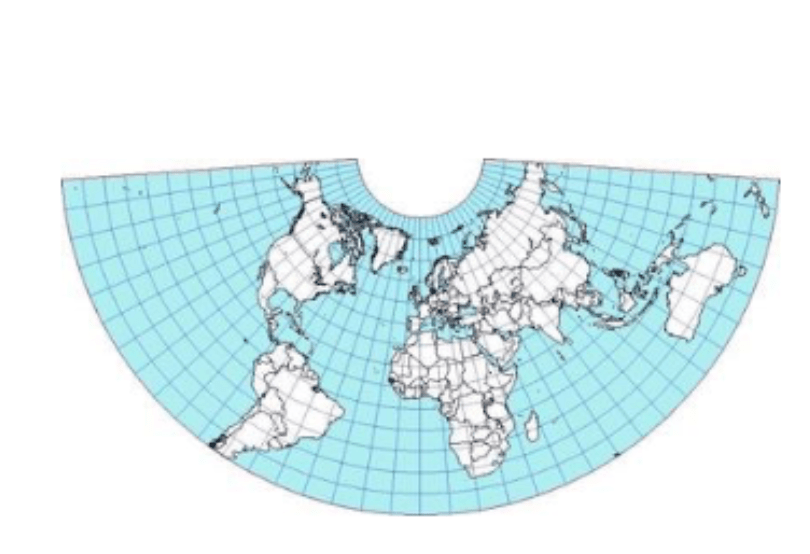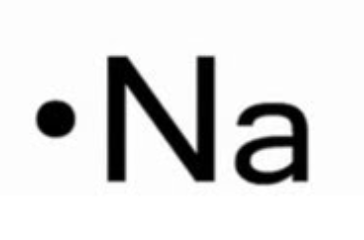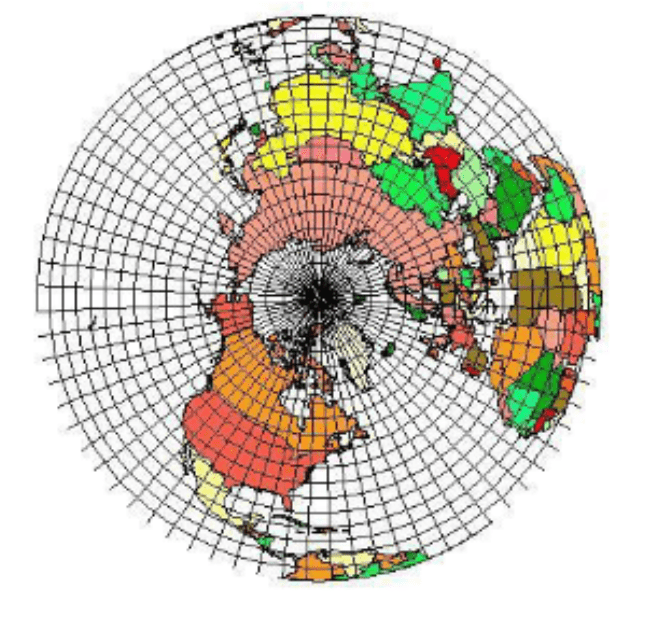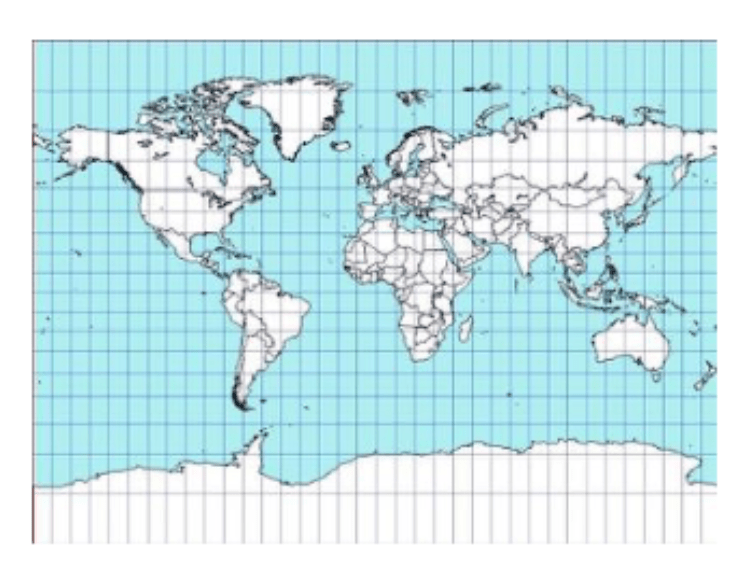At what degrees latitude are the equator and prime meridian located?
What is 0°?
Draw the Bohr Model for Chlorine.

This type of volcano is small and explosive. These also tend to erode quickly as they are made largely of pyroclastic materials.
What is a cinder cone volcano?
What are earthquakes?
 This kind of map projection is called _____________________.
This kind of map projection is called _____________________.
Draw the Lewis Structure for Sodium

This type of volcano can be explosive or nonexplosive.
What is a composite volcano?
These waves arrive later to a seismometer, can only travel through solids, and create a larger shadow zone.
What are S waves?

This kind of map projection is called _______________.
This type of bond is produced by the attraction between free moving electrons and positive ions.
What is a metallic bond?
This type of volcano is large and nonexplosive.
What is a shield volcano?
What is triangulation?
 This kind of map projection is called ___________________.
This kind of map projection is called ___________________.
What is cylindrical?
This bond is formed when an atom gives up 1 or more valence electrons to another atom to form ions
What is an ionic bond?
The component of magma/lava increases viscosity.
What is silica content?
This is the area on the Earth’s surface above where an earthquake originated.
What is the epicenter?
Cylindrical maps preserve ____________.
What is the equator?
This kind of bond is formed by the sharing of 1 or more valence electrons between a pair of atoms.
The 3 types of volcanoes are discussed in order from largest to smallest.
What are shield, composite, and cinder cone?
These waves arrive first to the seismometer, move through solids and liquids, and create smaller shadow zones.
What are P waves?
Planar maps preserve ______________
What are the poles?